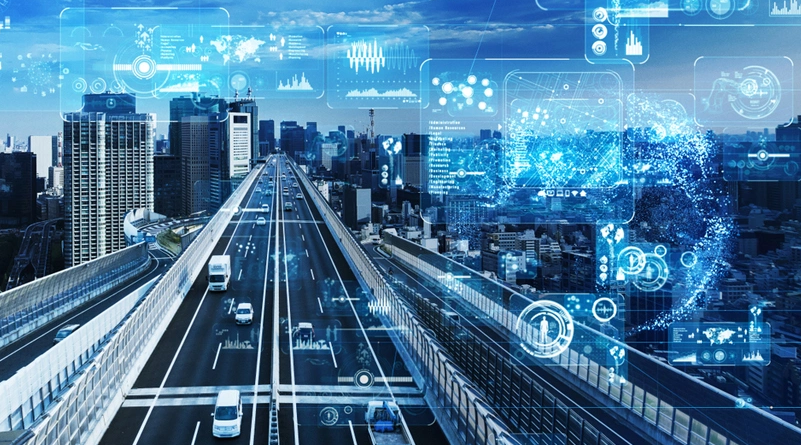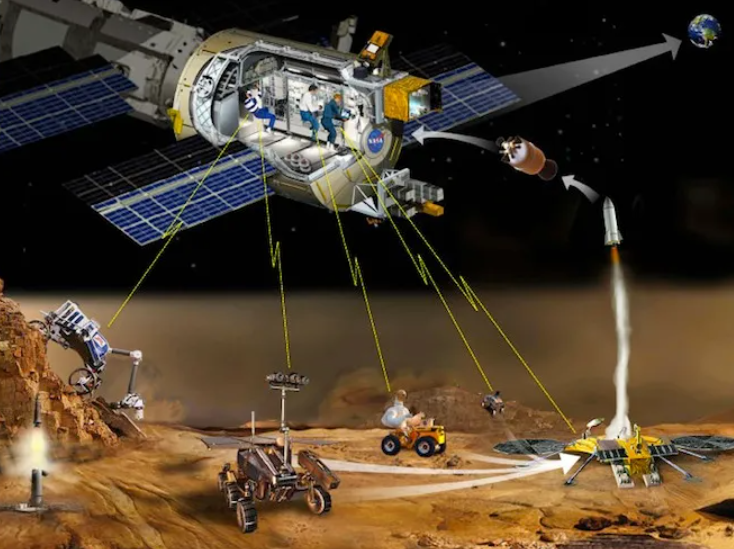The integration of IoT, AI, and big data is transforming urban landscapes into smart cities. IoT devices collect real-time data on various urban activities. AI processes this information, optimizing resources and services. Meanwhile, big data analytics supports strategic decision-making for city officials. This synergy presents both challenges and opportunities. Understanding these dynamics is crucial for advancing urban environments. What remains to be explored is how these technologies can be effectively harmonized for future urban resilience.
The Role of IoT in Urban Infrastructure
The integration of the Internet of Things (IoT) in urban infrastructure is becoming increasingly pivotal in enhancing city management and efficiency.
Smart sensors and connected devices optimize urban mobility, promoting energy efficiency while ensuring infrastructure resilience.
However, as cities evolve, data privacy concerns must be addressed, balancing innovation with individual freedoms to create smart environments that empower citizens rather than constrain them.
Harnessing AI for Smart City Solutions
While the integration of artificial intelligence (AI) in smart city solutions holds transformative potential, it also necessitates a careful examination of its applications and implications.
AI governance must prioritize ethical frameworks to enhance predictive analytics for urban mobility, optimize energy efficiency, and bolster public safety.
Moreover, fostering citizen engagement and implementing automated services can significantly improve environmental monitoring, ensuring a sustainable urban future.
Leveraging Big Data for Enhanced Decision-Making
Integrating big data analytics into smart city frameworks enhances decision-making processes significantly.
By employing predictive modeling, city planners can analyze vast datasets to forecast trends, optimize resource allocation, and improve public services.
This data-driven approach fosters informed, agile governance, empowering cities to adapt swiftly to changing needs.
Consequently, it cultivates a more responsive urban environment, promoting individual autonomy and collective well-being.
See also: parivraipmu.co.uk
Challenges and Opportunities in Smart City Development
As cities strive to evolve into smart environments, they face a dual landscape of challenges and opportunities that shape their development.
Sustainability initiatives often collide with budget constraints, while the need for community engagement can be hampered by technological barriers.
However, embracing these hurdles can lead to innovative solutions, fostering collaboration and enhancing overall urban resilience in the quest for smarter living spaces.
Conclusion
As urban landscapes evolve into vibrant ecosystems, the harmonious interplay of IoT, AI, and big data paints a future where cities pulse with real-time intelligence. This convergence transforms concrete jungles into responsive habitats, where data-driven insights illuminate pathways for sustainable growth. However, navigating the labyrinth of challenges will require innovative thinking and collaborative efforts. Ultimately, the promise of smart cities lies not just in technology, but in crafting environments that nurture the human spirit amidst a digital tapestry.




 The Future of Smart Homes: What You Need to Know
The Future of Smart Homes: What You Need to Know